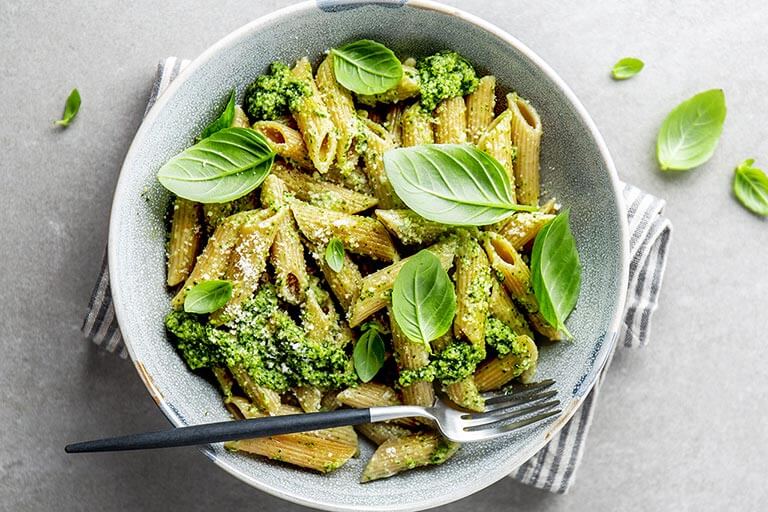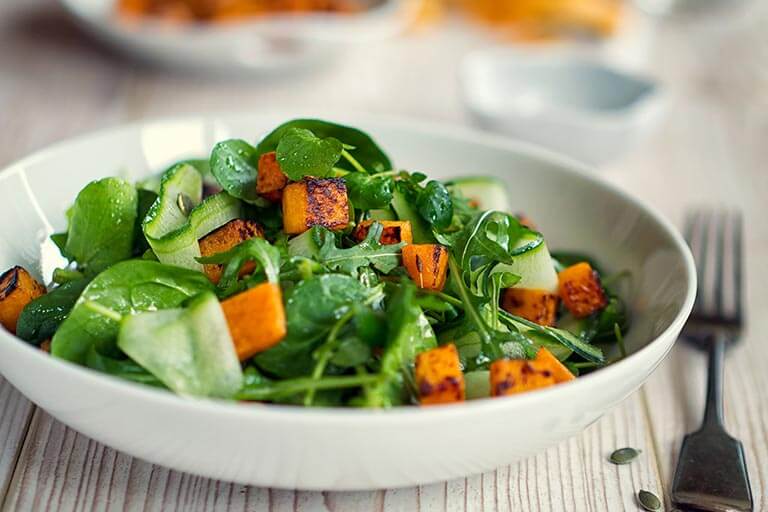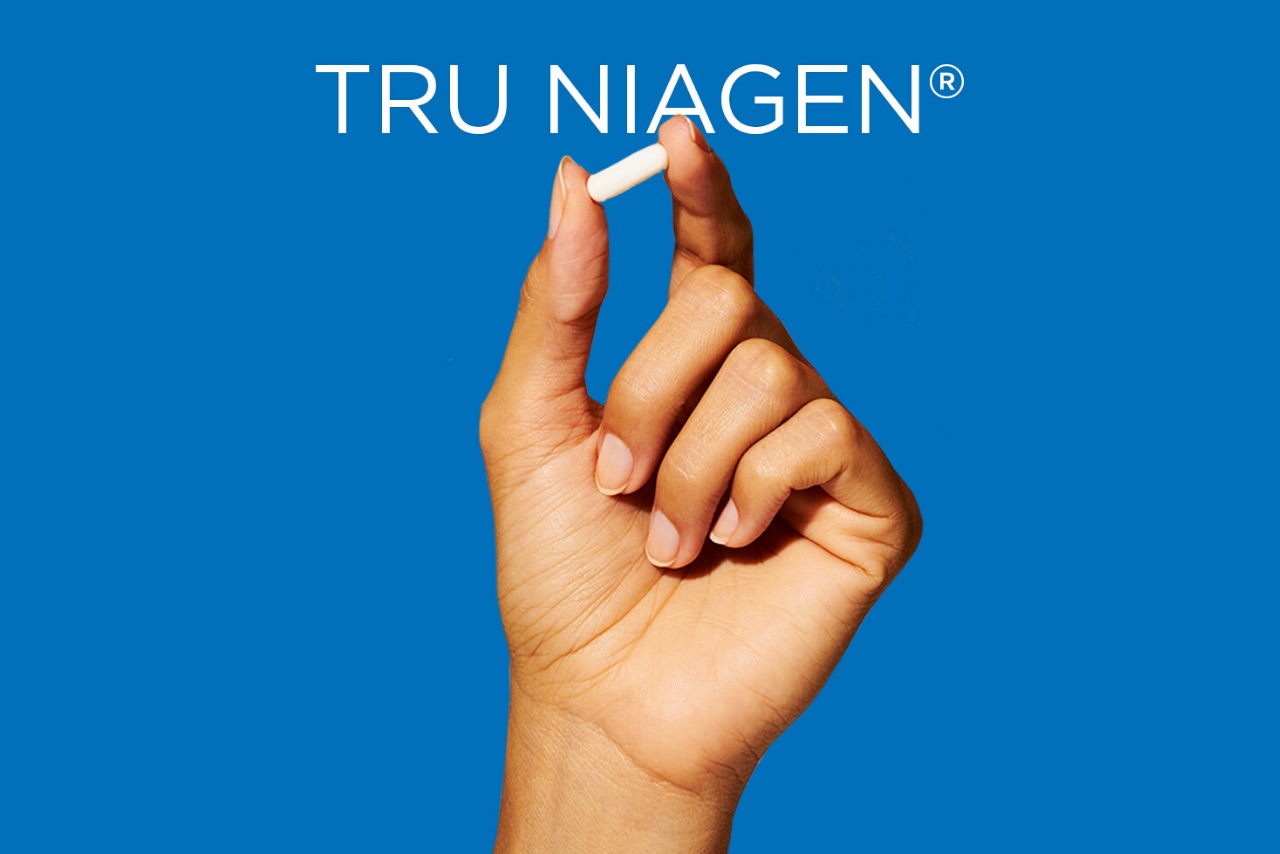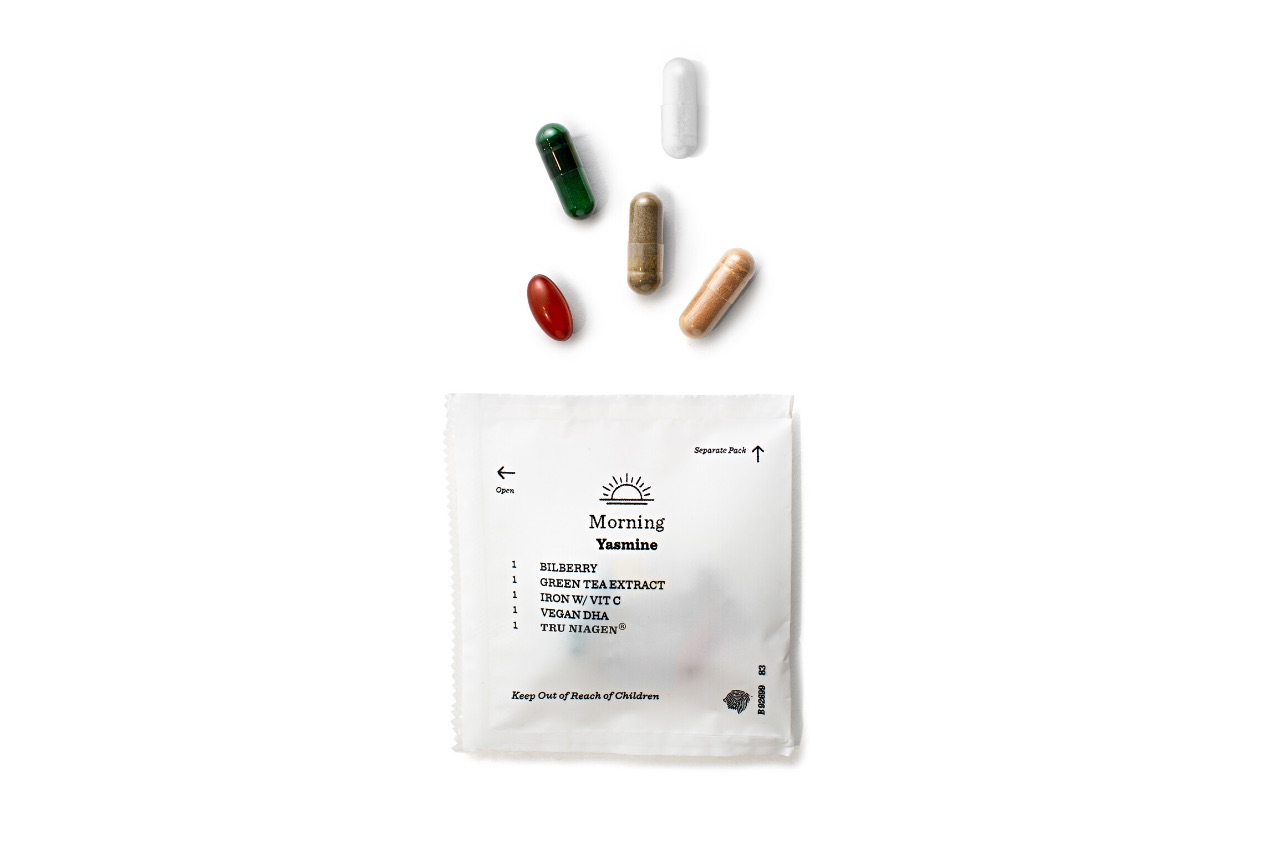The prostate is a walnut-shaped gland in men that controls the speed, strength, and frequency of urination and ejaculation. You could say it’s part of the life blood of the crown jewels. It may seem like a bigger prostate means a stronger one, but the opposite is true. Doctors do rectal exams to feel if the prostate has grown. A swollen prostate cuts off urine flow, increases the need to urinate, and often makes urination painful. On top of all of this, sexual performance can even be limited.
Why blood flow is important
During arousal in men, signals from the brain trigger a reaction that causes blood to rush into the penis like a firehose. When stimulated, the muscles around the penis arteries relax so blood can be let in and absorbed by a spongy structure on the top side of the penis. Veins are squeezed to a small size when the blood rushes in. Without proper blood flow—when the arteries do not dilate appropriately because they are inflamed or clogged—men can’t get an erection. They can’t get blood in or keep it there. (1)
This is the basis of arterial health in a man and it’s extremely important for health in the nether regions.
Impotence (erectile dysfunction)
Virility is a sign of youthful manhood, so losing the ability to perform is something that makes men feel most acutely that their bodies are failing and they are getting old. Erectile dysfunction affects 5% of men in their 40s and up to 25% of men by the age of 65. One of the keys to staving off erectile dysfunction is optimum arterial health. (1)
While good arterial health increases erectile health, the chemical reactions in your brain that come in the form of anxiety, stress and depression as well as prostate issues can also be related to erectile dysfunction.
More than 60% of men in their 70s report that they’re swinging the clubs just fine. (1) There’s no reason not to have the same pleasure.
How to feed your prostate
You can—and should—use food to support the health of your prostate as much as you can. I always recommend at least four servings of vegetables a day and maintain regular physical exercise. The following nutrients have been studied for prostate health:
- Selenium: may be beneficial for men with lower urinary tract symptoms. Selenium increases both the activity and/or concentration of glutathione peroxidase and the concentration of selenoprotein. These antioxidants neutralize reactive oxygen species. This may inhibit the transformation of normal prostate epithelium into neoplasm.
- Lycopene: a carotenoid found especially in cooked tomatoes, but also in red bell peppers, papaya, watermelon and guava. A 1997 reanalysis of the data gathered in the EURAMIC Study (an international study on antioxidants) found that men and women with the highest levels of lycopene in their bodies had the lowest risk of arterial aging. . Additional data on the benefits of lycopene for prostate health have accumulated, including from a recent study: https://www.pcrm.org/news/health-nutrition/canned-and-cooked-tomatoes-protect-against-prostate-cancer.
- Cranberry extract: may ameliorate LUTS in males with benign prostatic hyperplasia. Cranberry has anti-inflammatory action through reduced cyclo-oxygenase-2 expression, suppression of IkBa degradation in human colon cancer cells and inhibits the growth and proliferation of several types of tumor cells including prostate.
If you’re having any concerns about the health of your prostate, be sure to contact your health care practitioner to discuss your challenges.

















